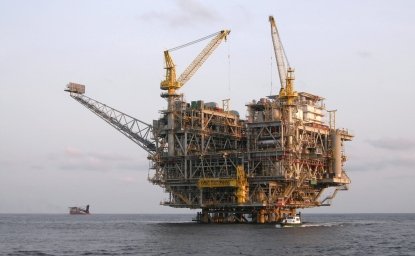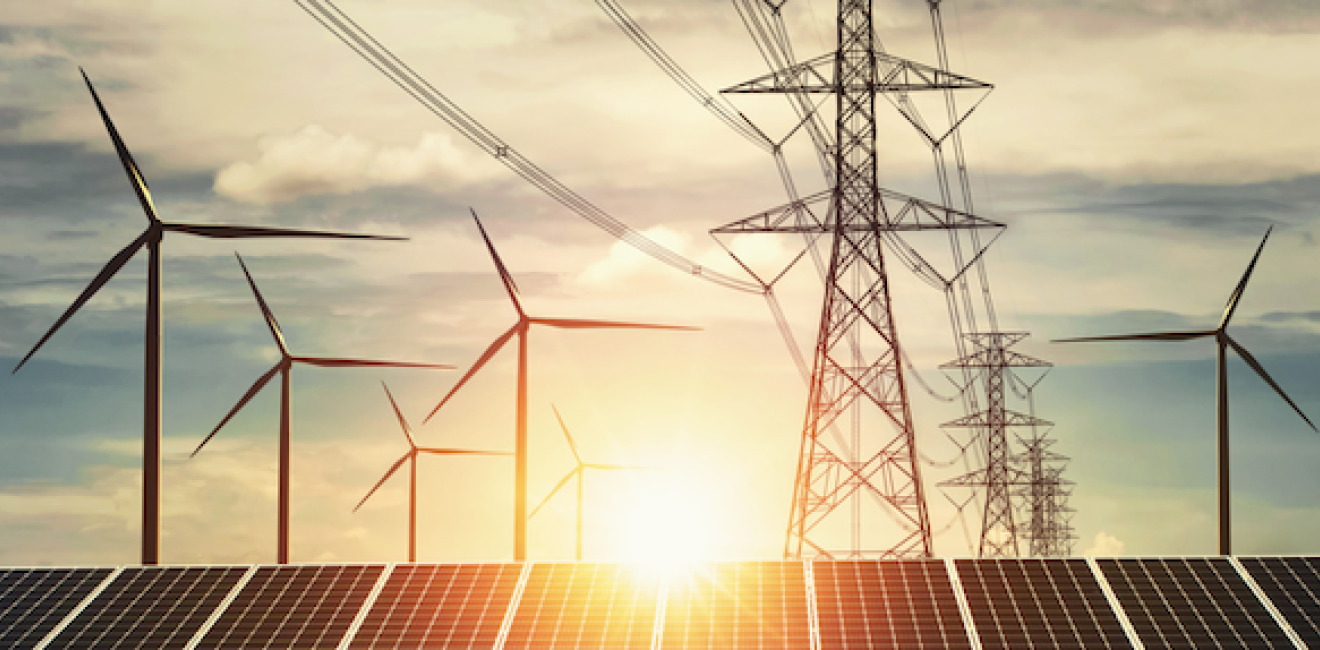On June 17, Argentines woke up to an unprecedented power outage, affecting over 50 million users in Argentina, Uruguay and Paraguay.
For President Mauricio Macri, the blackout darkened his image as the savior of the country’s energy sector; after all, since declaring a national energy emergency shortly after taking office, he had pledged to restore the country’s dilapidated infrastructure inherited from his predecessor, Cristina Fernández de Kirchner.
During the Kirchner era (2003-2015), the government froze utility rates at 2002 levels, leading to a sharp decline in the cost paid by consumers. Initially, the below-market rate was an emergency measure following Argentina’s 2001 economic collapse. But the persistence of the public subsidies led to major macroeconomic imbalances.
To begin with, government spending on electricity and natural gas subsidies was costly, reaching 3.5 percent of GDP in 2014. The policy was also highly regressive; after all, many poor Argentines lacked access to the subsidized natural gas services.
Furthermore, the state’s intervention in energy wholesale markets sapped profits from producers. This resulted in chronic underinvestment, and a consequent decline in energy production, even as demand continued to increase steeply. (Electricity consumption increased from 79 TWh in 2001 to 136 TWh in 2016, a 72 percent rise.)
In 2011, the South American country went from an energy exporter to a net importer. By 2015, its energy trade deficit had reached $4.6 billion.
To reduce Argentina’s budget deficit and incentivize investment, Mr. Macri sharply reduced electricity subsidies and appointed Juan José Aranguren, the former president of Shell Argentina, as his energy minister, hoping to increase confidence in the struggling sector.
Mr. Macri’s dramatic energy price hikes – derided by critics as a tarifazo – provoked a public backlash, as higher utility bills hit families already struggling with inflation and a shrinking economy.
Prices remain considerably lower than the regional average. According to the World Energy Council, the household electricity price in Argentina in 2018 was $0.01/kWh, compared to $0.07 in Chile and $0.13 in Brazil.
But just as June’s nationwide power outage made clear the politically costly energy reforms had not entirely solved the country’s energy headaches, Mr. Macri’s calamitous defeat in the August primary elections showed the high political price he has paid for these policies.
For his part, Alberto Fernández, the opposition candidate expected to win the presidential elections in October, has pledged to implement a one-year freeze in electricity and gas prices. With inflation above 50 percent, that measure would have serious implications for Argentina’s efforts to balance its budget.
A more diversified energy system is a more reliable one
Under Mr. Macri, Argentina has also underwent a broader transformation in its energy mix, to increase the supply of electricity and build a more reliable system.
In early 2016, four months after assuming the presidency, Mr. Macri set the rules for a new law establishing that renewables should account for 20 percent of the domestic energy matrix by 2025.
These efforts were consistent with Argentina’s commitment to the Paris climate agreement. But on that front, as seen in its Climate Action Tracker “highly insufficient” rating, Argentina’s promotion of renewable energy has been offset by its rapid increase in non-conventional fossil fuel production in Vaca Muerta, the world’s second-largest shale gas deposit.
In Argentina, when it comes to energy policy objectives, reliability and affordability have triumphed over sustainability.
Argentina’s Renewable Push
With steady winds in southern Patagonia and year-round sunshine in the semiarid northwest, Argentina has a promising geography for unlocking clean energy.
So far, progress has been slow, especially compared to the massive investments in Vaca Muerta. In 2018, Argentina generated only 2 percent of its electricity from non-conventional renewables: solar, wind, biomass and small-scale hydroelectric projects (under 50MW).
By contrast, Argentina’s resource-poor neighbor, Uruguay, leads the region with 54 percent of its energy mix from non-conventional renewables (and most other generation from large-scale hydroelectric plants). Since 2015, Uruguay has periodically exported electricity to Argentina and Brazil.
Across the Andes, Chile, like Argentina, is struggling to increase clean energy, given its relatively plentiful and cheap coal reserves. However, its current government is pursuing an aggressive policy of phasing out coal in favor of solar and wind, and aims to be carbon neutral by 2050.
In Brazil, 65 percent of electricity comes from hydro, making it the second-largest producer after China. That’s largely thanks to the Itaipu dam, though President Jair Bolsonaro has pledged to speed environmental impact reviews for new large-scale hydro projects, despite fears they could negatively impact Amazonian ecosystems and indigenous communities.
In the meantime, Brazil has made strides in wind and solar projects. According to its 2018 energy plan, non-hydro renewables will grow 3 percent annually, to reach 28 percent of the domestic energy mix by 2027. It is important to note, however, that half of Brazil’s non-conventional renewable production comes from burning solid biomass, such as sugar cane byproducts, which negatively affects air quality.
Argentina has lagged behind, in part, because of its low level of investment in renewables. The country has generally failed to attract adequate foreign direct investment. But its energy sector has been a particularly tough sell; an interventionist government that nationalized YPF (Argentina’s biggest oil company) and a lack of a clear regulatory environment put the country last in the region for clean energy investments per capita.
But today, it looks like Argentina might finally be catching up.
Among other policies, the Macri government implemented a Renewable Energy Term Market (MATER) that allows generators and large users to negotiate energy deals directly, as an alternative to the government-regulated electricity market. Argentina also passed a Distribution Generation Law that permits individuals to sell surplus energy from private renewable sources. Finally, the government created a public bidding process, called RenovAR, for renewable energy projects.
RenovAR, a shift towards Clean Energy
To meet its 20 percent renewable target by 2025, Argentina launched national auctions for producers of renewable energy. The contracts take the form of long-term power purchase agreements (PPAs), and they’re priced in dollars to eliminate currency risk for potential investors afraid of peso devaluations.
So far, the program has exceeded expectations, despite macroeconomic turbulence, high domestic interest rates and corruption fears: total investment equals $7.2 billion, and renewable electricity capacity is expected to increase by 6,100 MW – or 15 percent of Argentina’s 2018 total electricity generation capacity.
Of the 206 RenovAR projects approved so far, 43 are already in operation. By the end of this year, the number of projects providing electricity is expected to double, increasing the share of electricity from renewables to 8 percent from 2 percent in 2018.
If this progress continues under the next government, it would help meet a range of policy objectives, improving Paris agreement compliance; lowering energy prices; and increasing the reliability of the national grid. It would also help justify all the sacrifices in recent years – even if the Macri government is not around to reap the rewards.
Author


Argentina Project
The Argentina Project is the premier institution for policy-relevant research on politics and economics in Argentina. Read more


Latin America Program
The Wilson Center’s prestigious Latin America Program provides non-partisan expertise to a broad community of decision makers in the United States and Latin America on critical policy issues facing the Hemisphere. The Program provides insightful and actionable research for policymakers, private sector leaders, journalists, and public intellectuals in the United States and Latin America. To bridge the gap between scholarship and policy action, it fosters new inquiry, sponsors high-level public and private meetings among multiple stakeholders, and explores policy options to improve outcomes for citizens throughout the Americas. Drawing on the Wilson Center’s strength as the nation’s key non-partisan policy forum, the Program serves as a trusted source of analysis and a vital point of contact between the worlds of scholarship and action. Read more

Explore More
Browse Insights & Analysis
La esencia de la infraestructura global: perspectivas del líder de la industria Matt Harris

Debunking the Patient Capital Myth: The Reality of China’s Resource-Backed Lending Practices


